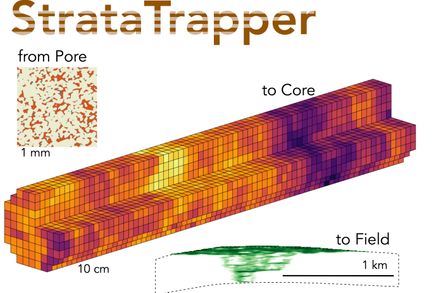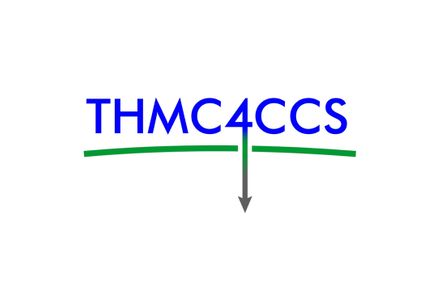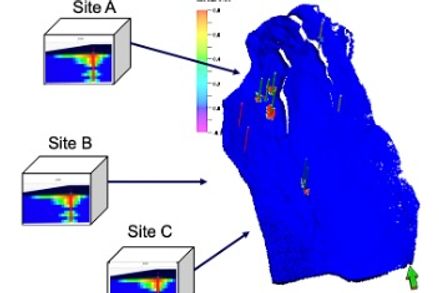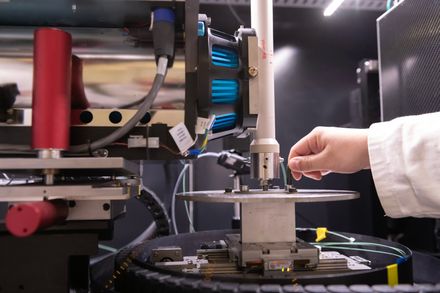BibTex format
@article{Lin:2018:10.1029/2018WR023214,
author = {Lin, Q and Bijeljic, B and Pini, R and Blunt, MJ and Krevor, SC},
doi = {10.1029/2018WR023214},
journal = {Water Resources Research},
pages = {7046--7060},
title = {Imaging and measurement of porescale interfacial curvature to determine capillary pressure simultaneously with relative permeability},
url = {http://dx.doi.org/10.1029/2018WR023214},
volume = {54},
year = {2018}
}





